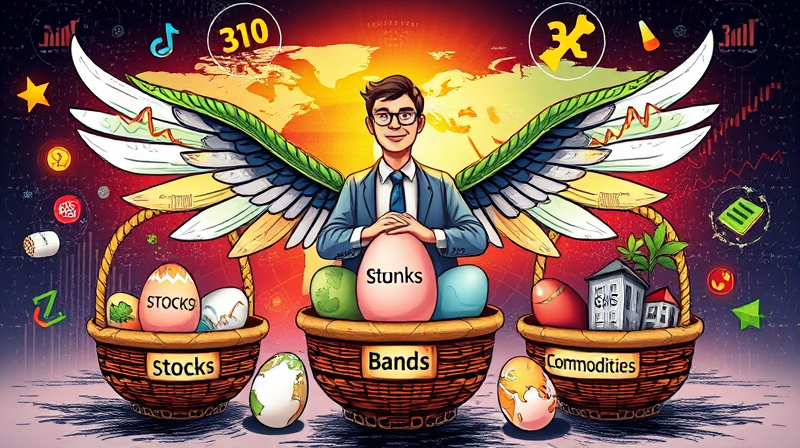
In an era defined by uncertainty and rapid change, investors face an unprecedented array of challenges. From geopolitical unrest to fluctuating interest rates, the need for a disciplined approach has never been greater. By embracing robust risk management frameworks, individuals can navigate market turbulence with confidence and purpose.
This article offers an in-depth exploration of strategies, tactics, and best practices to safeguard your investments and drive long-term growth. Whether you are a seasoned professional or just beginning your journey, these insights will empower you to make informed decisions in the face of volatility.
Market volatility describes the degree to which asset prices fluctuate over a period of time. While some volatility is healthy, excessive swings can erode portfolio value and test investor resolve. Key drivers include:
Recent performance highlights include over 20% growth in U.S. stock indices during 2023 and 2024, but forecasts for 2025 suggest a more moderate 7–9% return as risks and volatility temper enthusiasm. Recognizing these patterns is the first step toward crafting a resilient portfolio.
At the heart of every successful investment plan lies a suite of complementary strategies. By layering multiple approaches, you reduce reliance on any single method and build a multi-dimensional defense against market shocks.
Diversification involves spreading assets across different classes, sectors, and regions to minimize the impact of any one underperforming investment. A well-diversified portfolio may include:
Modern Portfolio Theory demonstrates mathematically how diversification can achieve optimal risk-return trade-offs. Historical data from the 2000–2002 and 2008 crises confirm that diversified, defensive portfolios fared significantly better than concentrated ones.
Defensive investing prioritizes stability and capital preservation. By focusing on blue-chip stocks, high-quality bonds, and cash equivalents, investors can cushion the impact of downturns and maintain liquidity. This strategy demands patience and long-term perspective, as short-term gains may be sacrificed in exchange for reduced downside risk.
Advances in artificial intelligence and machine learning have transformed risk management. Automated systems can:
By harnessing these technologies, investors gain actionable, data-driven insights that complement human judgment and speed up decision-making processes.
Maintaining your target mix is essential for long-term success. As markets move, overweight positions can emerge, exposing you to unintended risk concentration. Regular rebalancing—selling assets that have run up and buying those that are underweighted—ensures adherence to your strategic allocation.
Adapting your mix to life stage considerations is also critical. Younger investors may emphasize growth, while those nearing retirement might shift toward stability and income.
Interest rate risk is a central theme in 2025. With the Federal Funds rate falling from 5.33% to 4.64% and 10-year Treasury yields climbing to 4.19%, understanding duration and credit exposure is vital. Employ bond ladders, floating-rate instruments, and inflation-protected securities to build a resilient fixed-income sleeve that thrives across rate cycles.
Beyond strategy, actionable measures help translate theory into practice. Consider these steps as part of your regular routine:
Even the best strategies can falter when investors succumb to behavioral traps. Watch for:
Turbulent markets may feel daunting, but they also present unique entry points. High-quality assets can trade at discounts, allowing disciplined investors to build positions at attractive valuations. By embracing periods of volatility and leveraging tax-efficient strategies, you can turn uncertainty into advantage.
To thrive in turbulent times, integrate these principles into your routine:
By following this comprehensive framework, you can protect your portfolio from unforeseen shocks and position yourself for sustainable growth. Remember, humility and adaptability remain essential traits in an ever-changing landscape. Stay informed, stay disciplined, and let risk management be the guiding compass on your investment journey.
References













